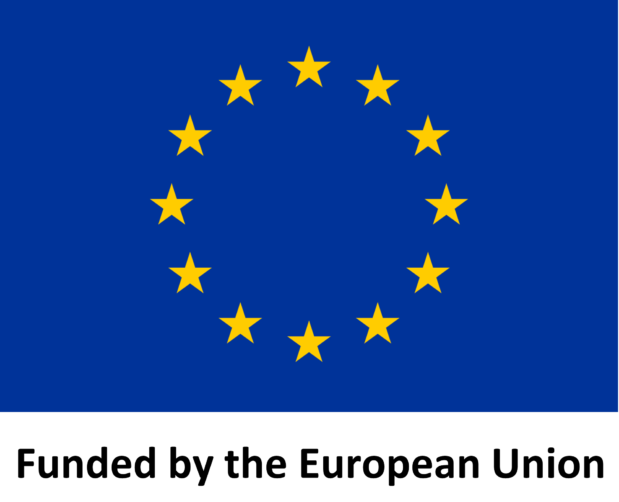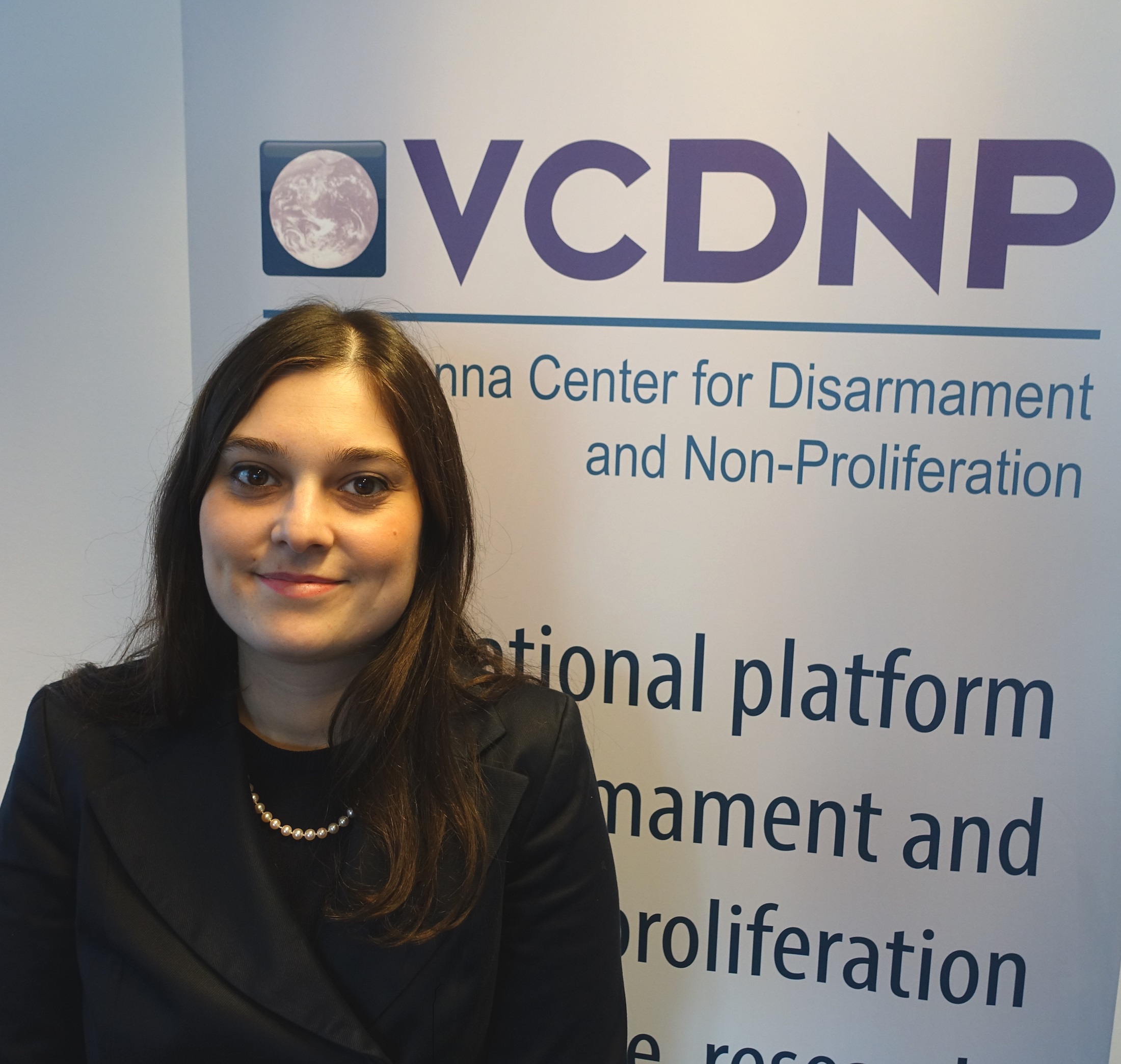
On 27 February 2024, as part of the Young Women and Next Generation Initiative (YWNGI), the International Affairs Institute (IAI) and the VCDNP, on behalf of the EU Non-Proliferation and Disarmament Consortium, organised a webinar on the future of warfare, focused on the role of drones and emerging technology.
The webinar, intended for students and young professionals, featured remarks from Dr. Raluca Csernatoni, Fellow at Carnegie Europe. The event was moderated by Paola Tessari, Senior Fellow at the International Affairs Institute (IAI).
Dr. Raluca Csernatoni spoke about the impact of Emerging and Disruptive Technologies (EDTs) on the future of warfare, with a focus on drones. She explained that drones, compared to other disruptive technologies, have a longer history of military use. At the same time, they are evolving under the impact of AI and are increasingly deployed in active conflicts, for example in the war in Ukraine. Dr. Csernatoni highlighted how EDTs have gained relevance in strategic planning worldwide, mentioning the example of the EU Strategic Compass, in which ETDs are described as key for maintaining military advantage.
Dr. Csernatoni underlined that both states and non-state actors have dedicated vast resources to acquiring this cutting-edge technology. However, older drone technologies retain their value on the battlefield and continue to be deployed, as in the war in Ukraine.
Governance issues, ethical concerns, and proliferation issues were also addressed. In this context, Dr. Csernatoni referred to the debate about Lethal Autonomous Weapons Systems (LAWS) and the importance of human oversight in the targeting and decision-making of such systems. She illustrated that the EU has been leading some of the conversations around the governance and regulation of these technologies.
In her conclusion, Dr. Csernatoni listed three takeaways: First, she highlighted how industrial and technological players have an increasing role in research and innovation in EDTs, to the extent that they have become key geopolitical players in a technological race between corporate giants; secondly, she stressed the importance of thinking critically about emerging technologies as continuously evolving, calling for reflection on how such technologies can be integrated safely into existing systems. Thirdly, she stressed the importance of remaining alert to how states use EDTs in their militaries.

The discussion was followed by a Q&A session, which covered a wide spectrum of topics, ranging from the role of the EU and NATO in the governance of EDTs to benefits and challenges related to their development.


